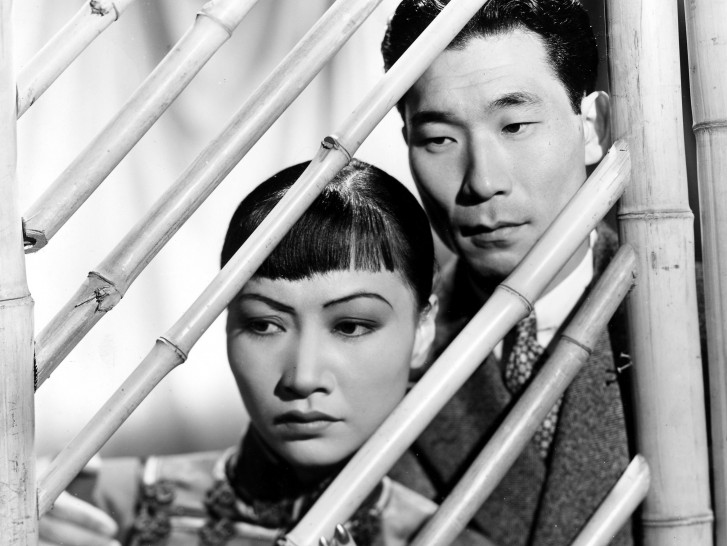
Daughter of Shanghai
Phantom of Chinatown
Among the most fascinating and exciting Hollywood films starring pathbreaking Chinese-American actress Anna May Wong is Daughter of Shanghai, a revelation of the B-film’s potential to challenge dominant rules of studio-era Hollywood. In this case we find casting conventions overturned with Wong as a vengeful daughter paired with Korean-American actor Philip Ahn as a federal agent. They are joined together in a mission to uncover a vicious human smuggling ring victimizing Chinese immigrants. French émigré filmmaker Robert Florey was good friends with both Wong and Ahn, and worked hard to secure them sympathetic and more fully dimensional roles than were typical in the 1930s for non-white stars. Although shot on an accelerated schedule with a minimal budget, Florey’s signature stylistic flair and outspokenness is everywhere apparent in Daughter of Shanghai, most especially in its pointed critique of the injustices regularly suffered by Asian Americans, including the racist stereotypes the film so clearly rejects.
Preserved by the Library of Congress.
In response to 20th Century Fox’s eminently popular Charlie Chan, Monogram invented the depreciatory Chinese master sleuth Mr. Wong, played in five films by the versatile Boris Karloff. The last of the Mr. Wong series broke radically from the formula by replacing Karloff with the talented Keye Luke, the Chinese-American actor locked into the role of Chan’s “Number One Son” but now freed to solve an enigmatic crime of his own: the murder of his college mentor, a prominent archaeologist killed while lecturing about his controversial discovery of a legendary ancient Chinese tomb. Arguably the most progressive of the many Asian detective films popular throughout the B-era, Phantom of Chinatown begins with a remarkable critique of the ethnographic gaze shown in the expedition footage presented by the professor just before his death, as if to underscore the film’s refreshing casting of Asian American actors as protagonists. Joining forces with Luke is Japanese-American actress Lotus Long as a patriotic secret Chinese agent assigned to recover the precious scroll pillaged from the sacred tomb. Eccentric comic accents liven the pace and sharpen the film’s sly parody of racial stereotyping, best expressed in the ludicrous fortune cookie dialogue deadpanned by Luke as he weaves his way through the Chinatown underworld.




































